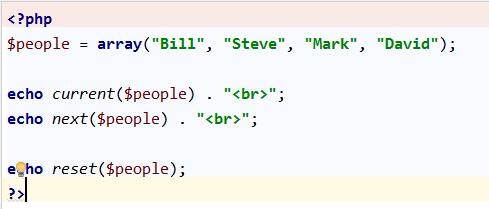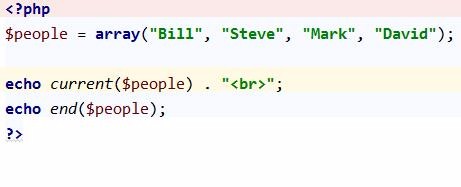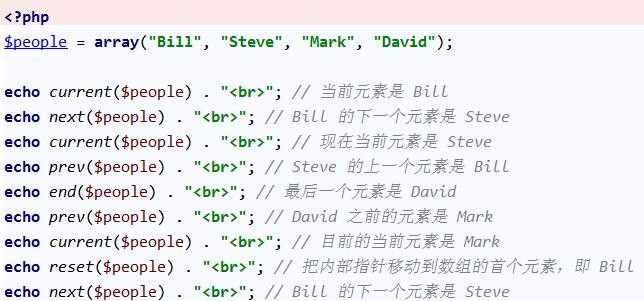
This article mainly introduces the relevant information about the detailed explanation of the java ThreadPoolExecutor concurrent call instance. Friends who need it can refer to the detailed overview of the java ThreadPoolExecutor concurrent call instance. Usually in order to improve the processing speed of the task, some concurrency models will be used. InvokeAll in ThreadPoolExecutor Just one kind. Code package test.current; import java.util.ArrayList; import java.util.Arrays; import java.util.List; import java.util.concurrent.Callable; import java.util.concurrent.ExecutionException; import java.util.concu
1. Detailed introduction about ThreadPo
Introduction: This article mainly introduces java ThreadPoolExecutor For relevant information on the detailed explanation of concurrent call instances, friends who need it can refer to java ThreadPoolExecutor Detailed explanation of concurrent call instances Overview Usually in order to improve the processing speed of tasks, some concurrency models are used, and invokeAll in ThreadPoolExecutor is one. Code package test.current;import java.ut...
2. Recommended 9 articles about olExecutor
Introduction: This article mainly introduces the relevant information about the detailed explanation of the java ThreadPoolExecutor concurrent call instance. Friends who need it can refer to the detailed overview of the java ThreadPoolExecutor concurrent call instance. Usually in order to improve the processing speed of the task, some concurrency models will be used, ThreadPoolExecutor The invokeAll in is one. Code package test.current;import java.ut...
3. Detailed introduction to ConcurrentHashMap
Introduction: This article mainly introduces the relevant information about java using ConcurrentHashMap and counters to implement locks. Friends in need can refer to java using ConcurrentHashMap and counters to implement locks. In some scenarios, we want threads to perform locking based on certain business data. Queuing, the simple code is as follows: import java.util.ArrayList;import java.util.HashMap;import ja...
4. Details about concurrent calls Introduction
Introduction: This article mainly introduces the relevant information about the detailed explanation of the java ThreadPoolExecutor concurrent call instance. Friends in need can refer to the detailed overview of the java ThreadPoolExecutor concurrent call instance. It is usually provided in order to provide For task processing speed, some concurrency models will be used, and invokeAll in ThreadPoolExecutor is one. Code package test.current;import java.ut...
5. php returns the elements in the array current() function usage summary

Introduction: The current() function in PHP returns the current element (unit) in the array, and there is one in each array The internal pointer points to its "current" unit, initially pointing to the first unit inserted into the array. If we execute current once, the internal pointer will point to the next unit. We can use current to get the current unit in the array. value. This article collects several articles on the usage of PHP's array operation function current(). I hope it will be helpful to everyone's understanding of array operations.

Introduction: The current() function in PHP returns the current element (unit, which is the first element of the array) in the array. The next() function points the internal pointer to the next element in the array. element and output the value of the element. The reset() function points the internal pointer to the first element in the array and outputs the value of the element. This article mainly introduces the usage of current, next and reset functions in PHP. The example form details the specific usage of the functions current, next and reset for array operations in PHP. It has certain reference value for in-depth understanding of the usage of arrays. I hope it will be helpful to everyone's understanding of arrays
7. Detailed explanation of usage examples of php end() function and current() function

Introduction: The end() function in PHP points the internal pointer of the array to the last element and returns the value of the element, while the current() function returns the current element (unit, which is the first element of the array) in the array. An element. One of these two functions returns the first element of the array, and the other returns the last element of the array. Let’s take a look at the usage of these two.
8. php array function current() definition and usage

Introduction: current() function in php It returns the current element (unit) in the array. If the current element is empty or the current element has no value, it returns FALSE. Each array has an internal pointer pointing to its "current" element, which initially points to the element inserted into the array. For the first element, this function does not move the internal pointer of the array. If you need to move the pointer, let us take a look. Detailed explanation of how java uses ConcurrentHashMap and counters to implement locks
 Introduction: This article mainly introduces java For information on using ConcurrentHashMap and counters to implement locks, friends in need can refer to
Introduction: This article mainly introduces java For information on using ConcurrentHashMap and counters to implement locks, friends in need can refer to
10. Use python to implement data analysis
 Introduction: 1: How to parse data in json format import json,os,syscurrent_dir=os.path.abspath(".")filename= [file for file in os.listdir(current_dir) if ".txt" in file]#Get the data file with the suffix .txt in the current directory fn=filename[0] if len(filename)==1 else "" # Get the first file name from the list
Introduction: 1: How to parse data in json format import json,os,syscurrent_dir=os.path.abspath(".")filename= [file for file in os.listdir(current_dir) if ".txt" in file]#Get the data file with the suffix .txt in the current directory fn=filename[0] if len(filename)==1 else "" # Get the first file name from the list
[Related Q&A recommendations]:
java - Problems with concurrent ConcurrentHashMap
objective-c - How to use Valgrind to detect memory leaks in iOS projects
python - Set a proxy for a variable
##javascript - Regarding the use of $watch in angularjs, and obtaining data between parent and child instructions? The problem
The above is the detailed content of 10 recommended articles about php current() function. For more information, please follow other related articles on the PHP Chinese website!




